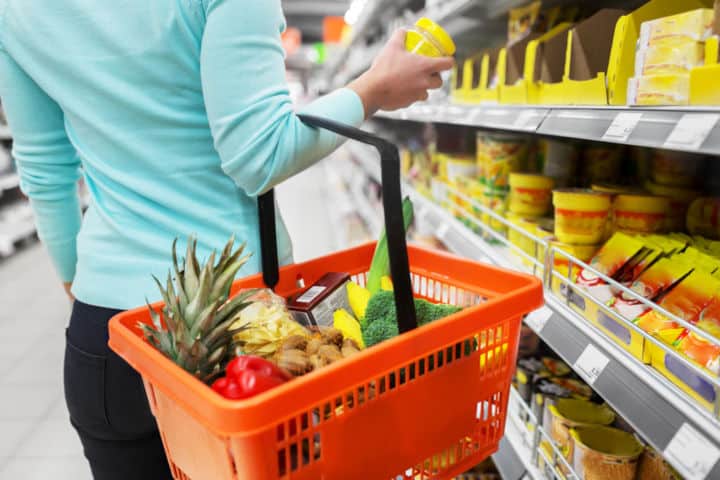One of the little joys in life is going grocery shopping, isn’t it? There’s something satisfying about those aisles and the products perfectly placed on the shelves. But mostly, it’s the act of picking from a million options and zeroing it down to what suits you best. More often than not, we end up buying things that we didn’t really need and those then eventually just rot on our shelves and in the fridge too. To avoid overindulging and making the wrong choices in haste, here are a few things to keep in mind when you go grocery shopping.
1. Make A List
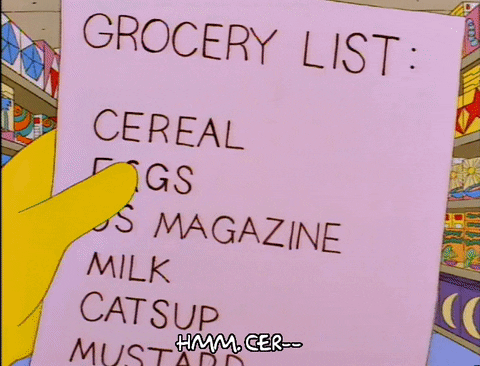
It’s really important to make a list of things you’ve run out of and definitely need to buy. If you don’t, you might buy unnecessary things and go over budget for no reason.
2. Keep A Budget In Mind

Budgeting your trip to the grocery store will help you keep track of your purchases and make sure you don’t exceed it. The trick is to open the calculator on your phone and keep adding the amount while you place the products in your cart. You’ll know when to stop once you hit your budget.
3. Never Shop Hungry
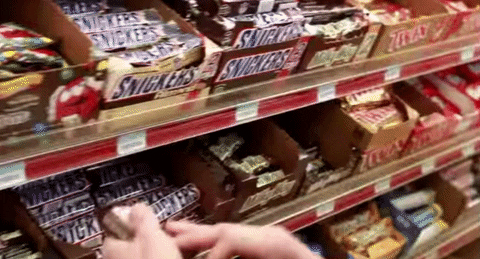
If you go to the grocery store when you’re hungry, you’re gonna wanna buy more things. In fact, studies suggest that people who shop hungry tend to make unhealthier food choices. So, refrain from going with an empty stomach.
4. Pick The Healthy Route
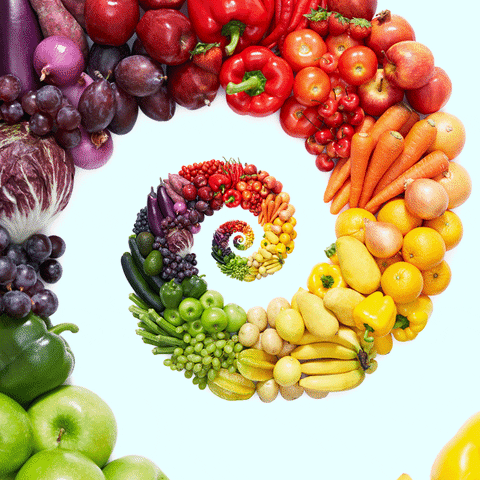
Like mentioned above, choose the healthy route by avoiding junk or processed food. Stick around the vegetable and meat aisle instead of lurking around the junk food section of the store.
5. Weigh The Options

Don’t just pick something because you saw it first. Check out multiple items and then make an informed decision. There’s no need to haste. Impulse purchases are likely to be regretted.
6. Check The Labels
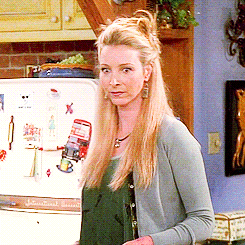
We often neglect to check the labels of products we purchase. There are three factors you need to check in a label. One major thing to check is the ingredient list on the labels of the products. According to www.nestle.in, these ingredients are written from the most used to the least used ingredients in the product. So if the product reads “Flour, Sugar, Artificial Flavours”, it means most of the product contains flour.
The next thing you need to check is how feasible the cost of the product is. So to see if the quantity per packet is cost-effective, divide the net weight printed on the packet by the size of the serving to know how many servings one pack has. This will tell you if the servings are cost-effective. The third thing you need to defo check is the expiration date on every product. We forget to do so and that could result in bad side effects.
7. See If The Discounts Actually Work Out For You

Sometimes, the discounts shown on the shelves don’t really help you save money. They just trick you into believing that you’re saving cash but actually you’re spending more. So, calculate your spends before actually handing it over to the cashier for billing.
Grocery shopping could be pretty overwhelming and could entice you to buy things you don’t really need. But don’t worry, just make sure you follow these points and you’ll be good to go! Also— it’s all about will power, broski!
Don’t forget to follow us at @missmalinilifestyle to never miss a beat!

